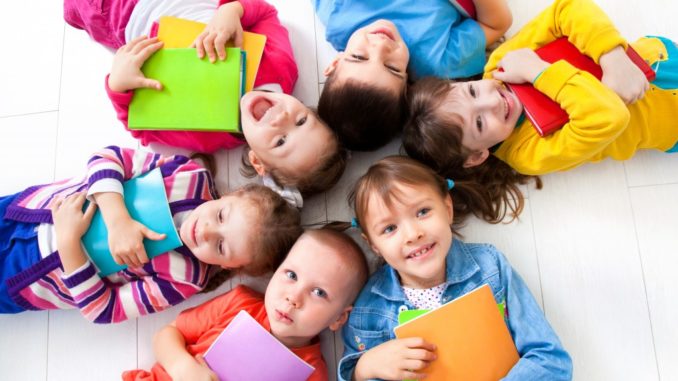
Cognitive psychologist Jerome Bruner suggests that we are 22 times more likely to remember a piece of information if we learn it through a story than through memorization. In its simplest form, storytelling remains a powerful element of communication because it humanizes learning and helps the listeners grab the idea or lesson quickly.
Storytelling is the oldest teaching method known. It is the way humans have communicated ever since they made their first sound. Storytelling also utilizes all the language skills, making it the most powerful teaching and learning technique. So what are the popular storytelling techniques used worldwide?
Mixed Language Storytelling
This technique in communication uses two languages as if they are one language. It is often used by bilingual parents almost unconsciously. A study reveals that language mixing can be confusing for one- to two-year-old children, but these results are likely to be temporary. In fact, any limitations to the vocabulary acquisition caused by mixing languages are often counterbalanced by cognitive advances by bilingual children.
Teachers can start by getting German books for teachers, for example, to help them learn the language better and incorporate this into their teaching. Bilingual stories are sort of magic to many kids and adults alike. When a story utilizing this technique is told over and over, with more and more target words being used in each storytelling event, the students learn more about the new language without having to strain too much about it.
Multiple Narratives or Multi-voice Storytelling
This method of storytelling employs tactics such as multiple narrators, each with their own narrative and points of view. This results in a deep understanding of events and how each character experiences them. The story also becomes clearer to the audience than when being told in a single narrative.
Some multiple narratives can also include different story lines that intersect with one another. In many cases, these story lines may share a theme and characters. But the connection is not made obvious until the end of the story. Multiple narratives can also tell a story within a story, which are used to create subplots for characters or a buildup in the story line.
This approach relies on the audience’s critical analysis of the story, which has been represented in many perspectives. This storytelling technique has proven to be successful in building students’ knowledge of certain historical contents. It is recommended that students learn to “think critically and make personal and civic decisions based on information from multiple perspectives.”

Teachers and parents alike use storytelling as a valuable strategy when teaching. Aside from increased verbal skills and awareness of historical and cultural content, storytelling provides a wide range of other benefits for kids and students, including:
- Creativity and imagination power
- Boosted linguistic confidence
- Improved listening skills
- Increased attention span
- Instilled virtues
A number of studies have proven the effectiveness of storytelling as a teaching method. Not only do the students enjoy having a story told to them, but this teaching method also encourages each listener to analyze and create their own story for better knowledge retention.
